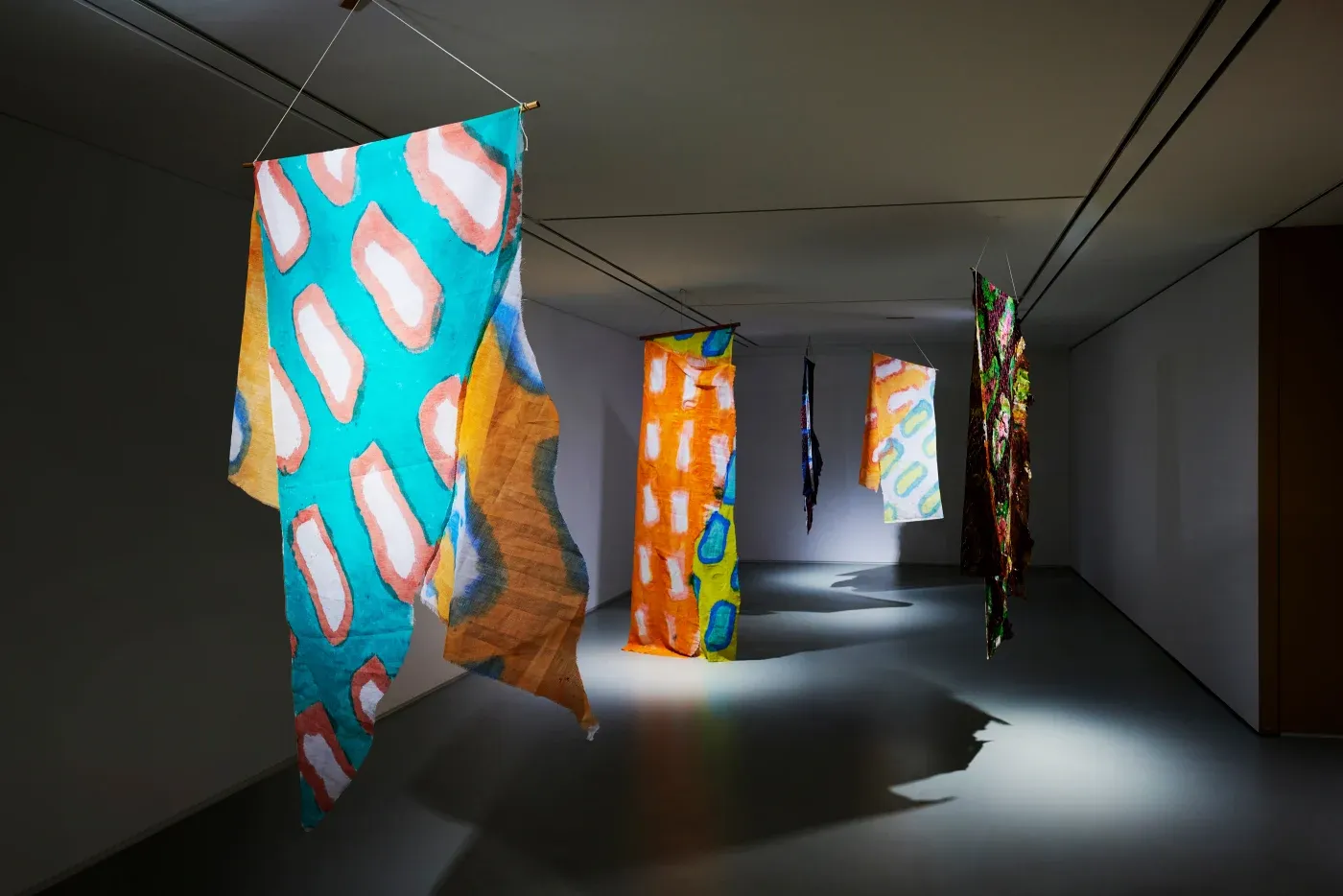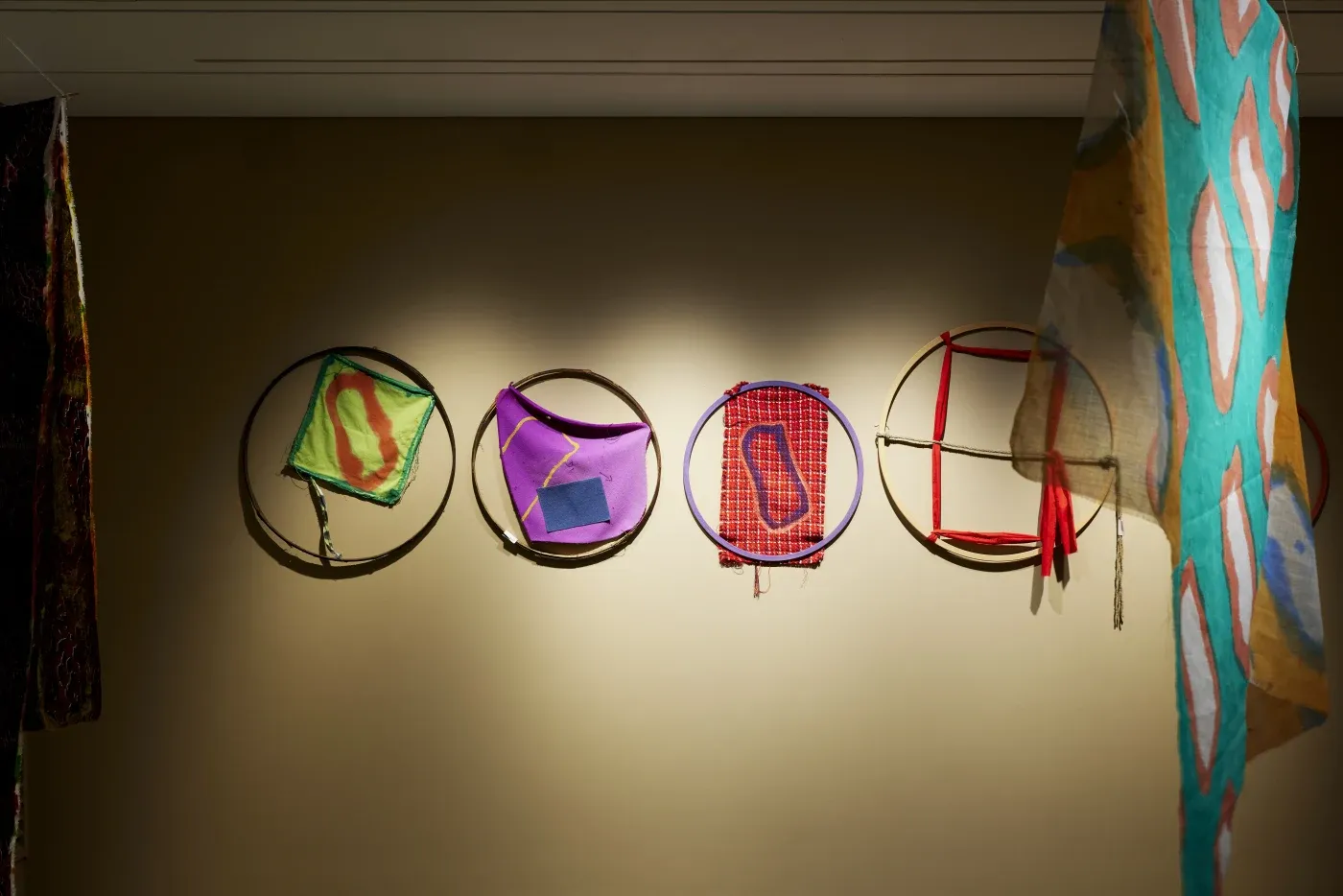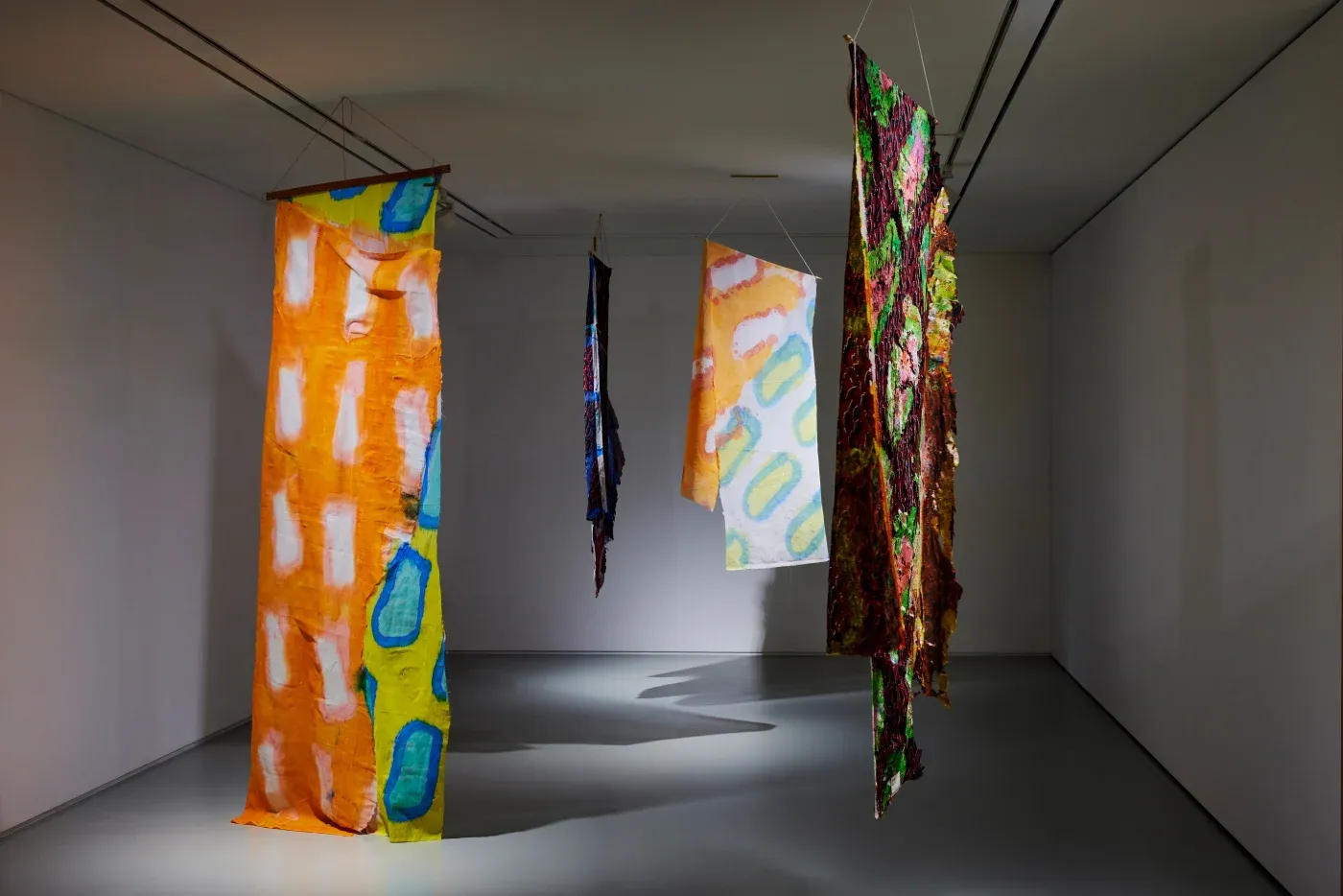| Period| | 2024.07.11 - 2024.08.18 |
|---|---|
| Operating hours| | 10:30 - 18:30 |
| Space| | johyungallery/SEOUL |
| Address| | 249, Dongho-ro, Jung-gu, Seoul, Korea |
| Closed| | MON |
| Price| | Free |
| Phone| | 0507-1367-8854 |
| Web site| | 홈페이지 바로가기 |
| Artist| |
클로드 비알라 (Claude Viallat)
|
정보수정요청



|
|
Exhibition Information



From July 11 to August 18, Johyun Gallery Seoul is pleased to present the latest solo exhibition from Claude Viallat, one of the greatest colorists of his generation. Known for his vibrant and repetitive abstract painting, the seminal French painter first exhibited with us in 2005. His next solo show with us was his large-scale retrospective in 2017, followed by his 2023 exhibition where he introduced his first paintings on hanji (Korean mulberry paper). This latest solo exhibition presents showcases 10 of Claude Viallat’s works, including his latest works. Claude Viallat’s “idea was to give no meaning to the image other than that of the work that produced it.” Viallat's paintings, always anchored to a here and now, feature rows and columns of the signature ovoid shape, variously described as a dish-sponge, lima bean or even a small bone from the hands or feet. The artist describes the permeation of tone and hue into various surfaces, how paint seeps and diffuses into fortuitous encounters as unconscious practices. “Insofar as I expect nothing, wish for nothing, everything I do is good, on principle, since I do not will it, and since what is given to me must necessarily be accepted. [...] if my unconscious proposes it, it is necessarily right; and it takes time for my conscience to catch up with it.” It is a bold and effective attitude that willingly accepts and incorporates uncontrollable processes. Born in 1936, Viallat celebrates his 88th year—well into his twilight years—in 2024, yet he remains open to coincidental encounters, namely with hanji. The March 2023 solo exhibition with Johyun Gallery Busan marked his first works on the surface of hanji. The patterns painted on the Korean traditional medium were clear and detailed; the surface was marked with distinct moments of encounter and imbibition. This year, the artist’s solo exhibition with Johyun Gallery further emphasizes the organic and changing nature of life, while maintaining harmony through the rhythm of patterns. Like grass that grows thanks to the internal pressure of water, pressing out its newly-formed cells, Viallat’s work responds to an internal thrust that constantly destabilizes and remodels its provisionally formed equilibria. The being embodied in the visual composition of the colorful works affirms what the artist himself describes as “numerous and spiralling”. Claude Viallat seems himself as belonging to a generation that thought often about the end of painting and the concept of the last painting. Seeking a form that was neither decorative, figurative, geometric nor representative, the artist painted like the builders who stamped the walls of southern kitchens with a sponge. This simple and repetitive technique and the form of the sponge started in 1966, and soon became central to the artist’s practice, starting in 1966. Canvas, tarpaulin, carpet, stretch canvas, curtains, sails, and flysheets were among the various surfaces he printed on, as the champion of the avant garde movement of Supports/Surfaces that deconstructed the fundamental objecthood of painting. Supports/Surfaces was a loosely knit collective that sought a radical break away from abstract painting, which dominated the French art circle during the 1970s. Viallat let go of all things that did not allow painting to be painting itself and relate only to itself. This included fixed concepts surrounding traditional painting media, such as signatures, production dates, and even titles of his works. Viallat even went so far as to remove the wooden frames from canvases to truly challenge the objecthood of painting. He utilized industrial tarpaulin and the stencil technique to produce endlessly repeating abstract patterns in various colors and surfaces. He utilized industrial tarpaulin and the stencil technique to produce endlessly repeating abstract patterns in various colors and surfaces—obviating the very concept of the subject. To this day, the artist continues to explore the creative act itself and the ontological status of paintings. (Source = johyungallery)
